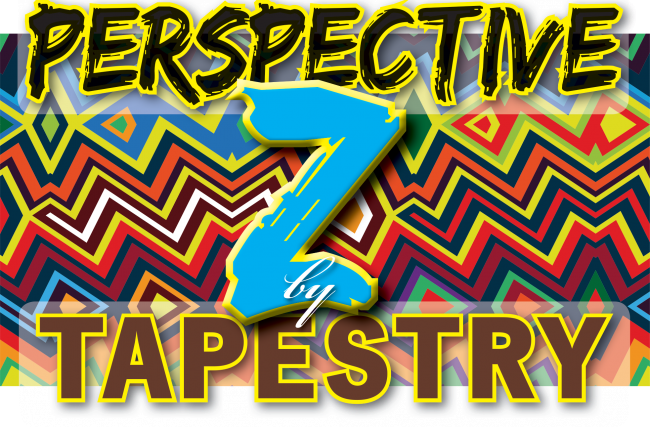For many high school seniors, the excitement of looking forward to attending college and beginning a significant transition in their lives is taken for granted. This time may often feel joyous and carefree, but possibly carry twinges of nervousness and worries about future new environments and people. Once the high school senior becomes a college student, the momentum of moving from first year to college graduate usually follows the expected trajectory, including, perhaps, a few bumps along the way.
However, in my conversations with university students with disabilities, a different picture emerges.
Steve shared that his high school guidance counselor said that he’ll never make it through community college classes, much less Rider University. He explained that the counselor thought his learning disability would prevent him from doing well enough in classes to attain a college-level degree. Steve did not accept the counselor’s message and, with his family’s support, applied to Rider and ultimately graduated with above a 3.0 GPA.
Karen described the puzzlement she felt at one college’s admission’s office when, first, they complemented her on all the AP courses she took in high school. But when Karen mentioned that she wanted information about the college’s disability office, they then said she really shouldn’t need accommodations because she is so well qualified. Karen did not accept that message and sought out a school which recognized that qualified individuals may also have disabilities and need accommodations.
Once in college, other messages present challenges. Michelle recalls a professor stating that her sign language interpreters had to stand in the back of the classroom, against standard protocol, thereby relegating her to the back solely due to her disability. To her the message was clear. The professor did not want her in the class. Michelle dropped that class as quickly as she could.
Andrea shared that a professor, after accepting her accommodation letter, stated that she didn’t look like she had a disability and went on to ask what‘s wrong with her. That message upset her, but later she spoke with the professor and expressed her frustration at his ignorance that most disabilities are not visible and emphasized that there is nothing wrong with her.
After failing a test, John went to the disability office to seek strategy support on improving his grade in the class. When questioned, John divulged that the professor said that he probably doesn’t need extended time on his tests because they are not difficult and that he should try them without his accommodations first. Initially, John assumed the professor told him the right thing and hesitated to report that he was not afforded his accommodation. After understanding that his professor’s message was inaccurate and harmful, he advocated to receive his accommodations in this class and in all his future classes.
A senior in her final semester, Sharon, shared that a professor hesitated providing her accommodations because she was certain that instead of helping her, the accommodations would prevent Sharon from succeeding in the real world. After processing her shock at this statement, Sharon assured the professor that accommodations only remove barriers so that she can learn and perform to the best of her ability.
In contrast to these negative, inaccurate, and harmful messages which create obstacles to students with disabilities, messages of acceptance and support make all the difference. Students shared numerous instances of their professors and others on campus asking the seemingly simple question “How can I help?” This powerful question sets the stage for opening a productive conversation; one in which the student with a disability is an equal partner in a collaborative dialogue. Megan said that a weight is lifted from her shoulders when someone asks that question. Nick said that he feels relieved because he knows someone will listen to him. Peter said that it makes him feel like he is truly in college and can speak and advocate for himself. The message sent is one of openness and acceptance.
Take a moment and evaluate the messages you send. The tone and content of a message make a difference to a student with a disability who is navigating the college experience. To create a positive, supportive environment, consider using the question “How can I help?” when interacting with students with disabilities.
